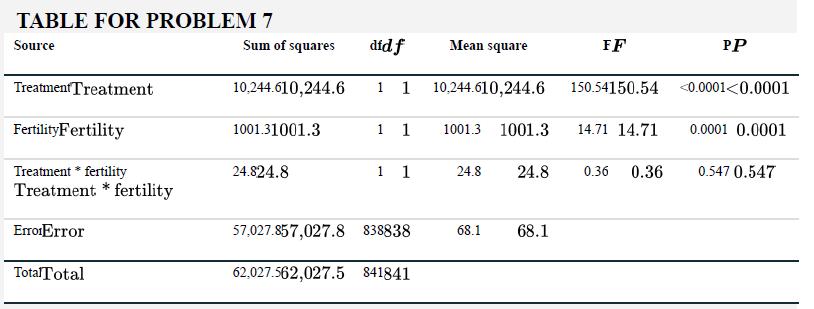The ejaculate of male Drosophila contains a protein, called SP, that reduces the life span of mated
Question:
The ejaculate of male Drosophila contains a protein, called SP, that reduces the life span of mated females. How the protein does this remains mysterious. One possibility is that the protein manipulates females to produce more eggs, and the extra effort reduces her life span. To investigate, Barnes et al. (2008) housed young female flies with fertile young males either intermittently (low-cost treatment) or continuously (high-cost treatment) for the rest of their lives____up to 56 days. Males in the high-cost treatment were replaced every four days with fresh young males to ensure continued, frequent mating.
The same happened in the low-cost treatment, except that the fertile males were present on only one day of each four-day cycle; during the other three days, females were given mutant non-mating males, so that male density was always the same in both treatments. Two strains of females were used: fertile and sterile. Sterile females do not produce eggs, and so do not bear a cost of extra egg production.
Sample size was 210 females in each combination of treatment (low-cost vs. high-cost) and fertility (fertile vs. sterile). (Sample size was 212 in the low-cost, sterile combination.) The data on fertile (red dots) and sterile females (yellow dots) are shown in the figure. Lines connect mean life span between the two treatments (fertile females indicated by solid line and filled circles, sterile females by dashed line and open circles).

a. What type of experimental design was used?
b. What was the response variable, and what were the explanatory variables?
c. Provide the word statement of the linear model employed.
d. Examine the graph, and state which effects are likely to be present. Does there appear to be a main effect of treatment and a main effect of female fertility? Which main effect is likely to be larger? Is there an interaction between the explanatory variables?
e. The ANOVA results of the linear model analysis are shown in the table at the bottom of the page. What are the null hypotheses being tested?
f. Using this table, determine which main effects were found to be statistically significant. Do the results agree with your assessment in part (d) based on the graph?
g. From the ANOVA table alone, is it possible to determine which females live longer fertile or sterile females?
h. Based on these results, does the cost of more frequent mating (more frequent in the high-cost treatment than in the low-cost treatment) affect sterile and fertile females similarly? Comment on whether these results support or fail to support the hypothesis that SP reduces female life span by causing females to produce more eggs.

Step by Step Answer:

The Analysis Of Biological Data
ISBN: 9781319226237
3rd Edition
Authors: Michael C. Whitlock, Dolph Schluter





